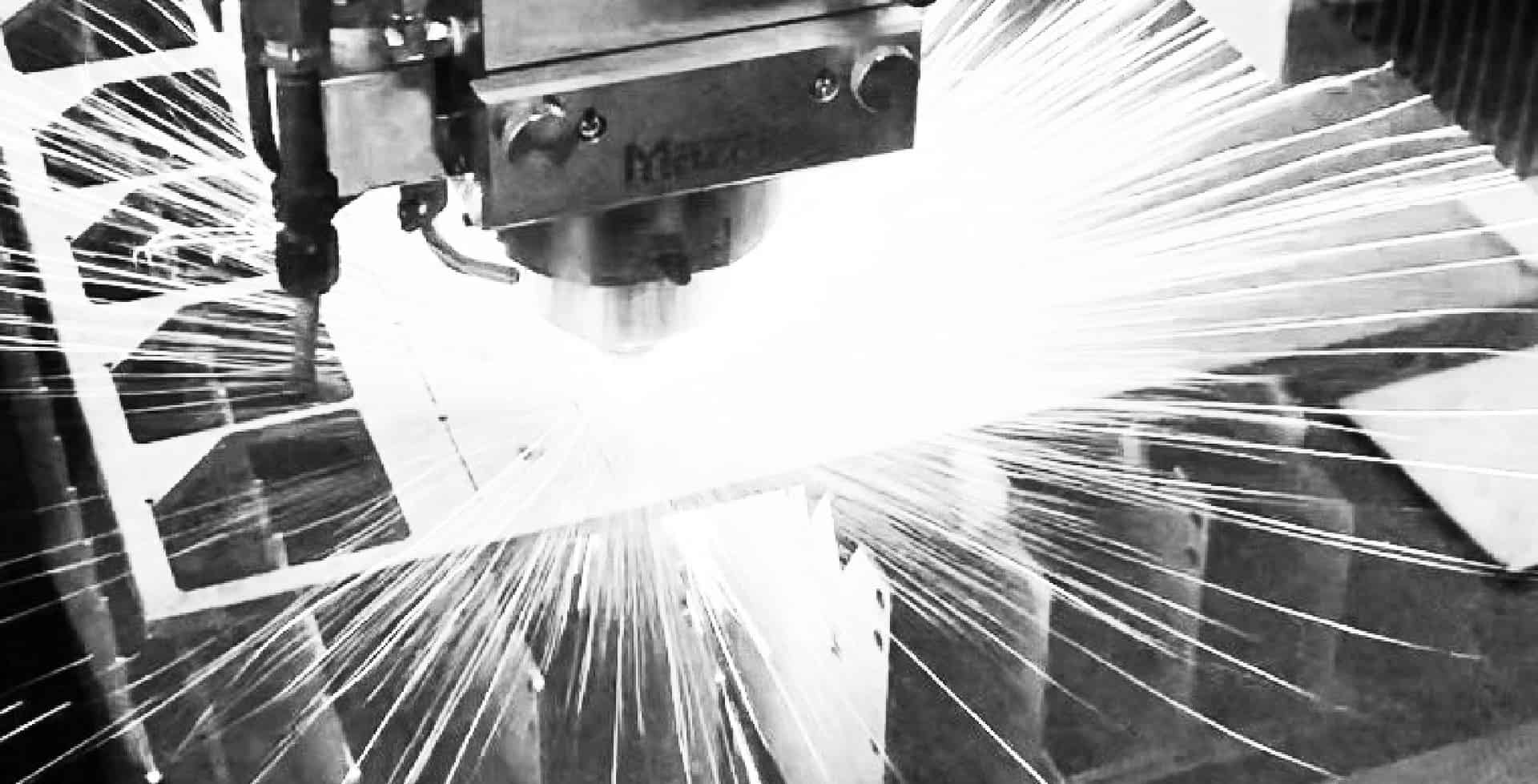How to meet the MSHA respirable crystalline silica standard in your facility

Your ultimate guide to an MSHA-compliant mining process facility
MSHA published regulatory change for mining facilities’ air quality related to respirable crystalline silica in April 2024, with changes taking effect June 17, 2024. Here, we’ll answer your most pressing questions to help you meet the MSHA respirable crystalline silica standard in your facility.
MSHA, the Mine Safety and Health Administration, made the decision to follow in OSHA’s footsteps, dramatically cutting the allowable amount of respirable crystalline silica (aka RCS) in the atmosphere of mining processing facilities. According to MSHA, the permissible exposure limit (PEL) for respirable crystalline silica to 50 micrograms per cubic meter of air (µg/m3) for a full shift, calculated as an 8-hour time-weighted average (TWA) for all miners.
The proposed MSHA rule caps silica exposure at or below 50 micrograms per cubic meter of air for a full-shift exposure. This means workers cannot be exposed to more than a sugar sized packet of silica in a space the size of a football field during a single 8-hour shift.
This initiative will apply to mining industries where silica is released, e.g.: quarries, fracking, limestone mines, cement manufacturing facilities, cement processing facilities, coal mines, and metal and nonmetal (MNM) mines.
Inhaling crystalline silica is linked to considerable risks to workers’ health, including lung disease, cancer, COPD and kidney disease. These health conditions may cause disabilities or death, according to MSHA.
The responsibility of these risks is a heavy load to carry. MSHA is calling on companies to take responsibility for their team members’ health.
With the administrative rulemaking process complete, the MSHA respirable crystalline silica standard takes effect on June 17, 2024. Mining operators must conduct a qualitative assessment on changes that would affect exposure eighteen:
• Coal mines are required to meet the new MSHA respirable crystalline silica standard on April 15, 2025.
• Metal and nonmetal mines are required to meet the MSHA respirable crystalline silica standard on April 8, 2026.
The new rule does not allow the use of respiratory protection for compliance, a key difference from OSHA’s silica rule. Mining operators must collect a baseline test for miners’ exposure before the effective date, conduct a three-month follow-up and implement periodic testing thereafter.
Sources:
Respirable Crystalline Silica | Mine Safety and Health Administration (MSHA)
MSHA Releases Final Rule on Respirable Crystalline Silica – Ogletree
As the compliance deadline nears, competition for engineering services to help facilities meet the new MSHA standards is expected to be fierce. Now is the ideal time to begin analysis and mitigation.
It does not. OSHA doesn’t have jurisdiction over on-site mining materials production facilities.
1. Get an industrial hygienist worksite analysis, also known as an RCS analysis.
2. Bring the analysis to IVI. Working collaboratively with facilities personnel and the industrial hygienist, IVI project engineers will review your results and help identify industrial ventilation system weaknesses causing particulate exposures.
Work with IVI and mining equipment OEMs to formulate a plan to mitigate your risk of exposure and fines.
You may need to draft a crystalline silica exposure control plan. The team at IVI can help you get started.
IVI will start by evaluating your industrial dust collection system. We will compare it to your respirable silica analysis (also known as an RCS analysis) and give you a diagnosis.
We typically find one of these three potential issues is at play:
• Undersized industrial ventilation system
• Poorly functioning mining ventilation system
Improper use of the ventilation system Here at IVI, our solutions for mitigating respirable crystalline silica dust range from developing better enclosures and improved hood designs.
IVI has helped dozens of companies meet the OSHA standard for crystalline silica exposure in the past, and we’re now ready to help your company get ahead of the new MSHA compliance standards. In fact, IVI project engineers are trained and ready to mobilize.
Our clear understanding of how mining processing works equips us to quickly find your suspected exposures and develop strategies for your company’s respirable crystalline silica exposure control plan.
Now. By getting started sooner rather than later, you can stay ahead of the post-implementation demand.
Navigate the proposed MSHA respirable crystalline silica standard with a proven partner. Talk with an IVI project engineer today. It’s the first step you can take toward meeting the proposed MSHA Respirable Crystalline Silica Standard.